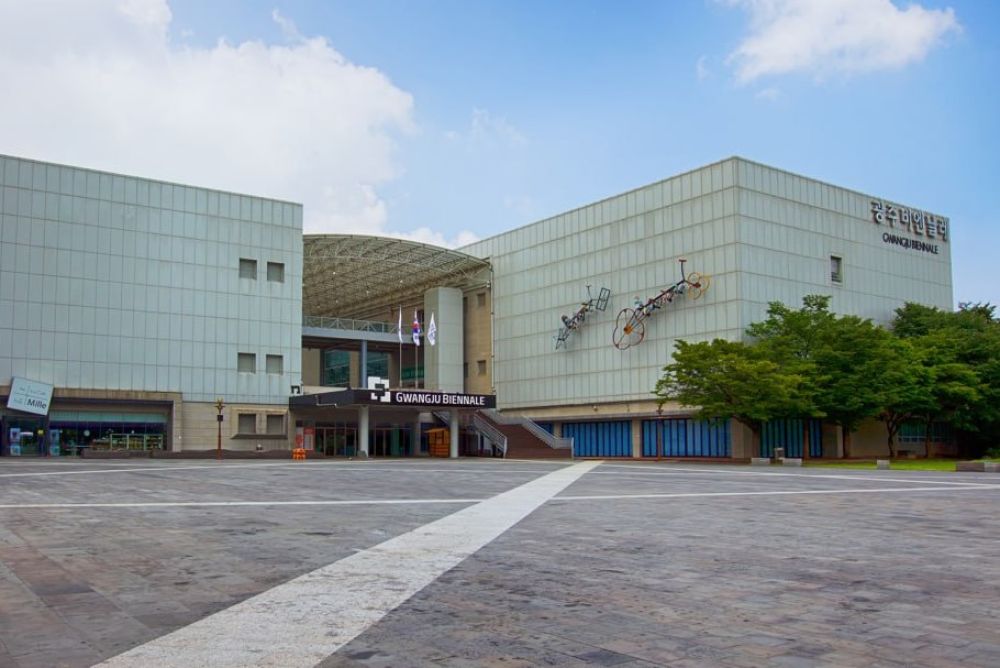

Gwangju, the sixth-largest city in South Korea, has a rich history that contributes to its tourism. Being a site of modern democratic movement, particularly the May 18 Democratic Uprising in 1980, the city holds a place of profound historical and cultural significance in the Korean psyche. However, it wasn't until the early 1990s that Gwangju began to establish itself as an international hub for the arts and subsequently for tourism through the founding of the Gwangju Biennale.
The first Gwangju Biennale was launched in 1995, and since then it has grown in reputation and influence, becoming one of the leading contemporary art events in Asia. This event has been instrumental in putting Gwangju on the international map and drawing visitors from around the globe, thus catalyzing the city's tourism industry.
The Gwangju Biennale Exhibition Hall is central to the Biennale event. Its location within the cultural district of the city, alongside other arts and cultural institutions, helps in attracting a high concentration of visitors. The exhibition hall is known for its modern and contemporary architecture which is symbolic of the avant-garde spirit of the event it houses.
The Gwangju Biennale has kept pace with evolving trends within the realm of contemporary art, as well as tourism. Due to the COVID-19 pandemic, the event and the city have adopted new approaches to reach global audiences including virtual exhibitions and online galleries.
Sustainable tourism has also become a key focus, with initiatives aimed at reducing the environmental impact of the event and promoting local culture and heritage. There has been a push to engage with local communities, providing a more immersive and enriching experience for visitors.
Moreover, Gwangju is tapping into the recent trend of cultural and educational tourism, leveraging its reputation as a hub for history, arts, and culture. Workshops, cultural exchanges, and art tours form a part of the broader tourism experience, attracting tourists who are not just observers but active participants in the local arts scene.